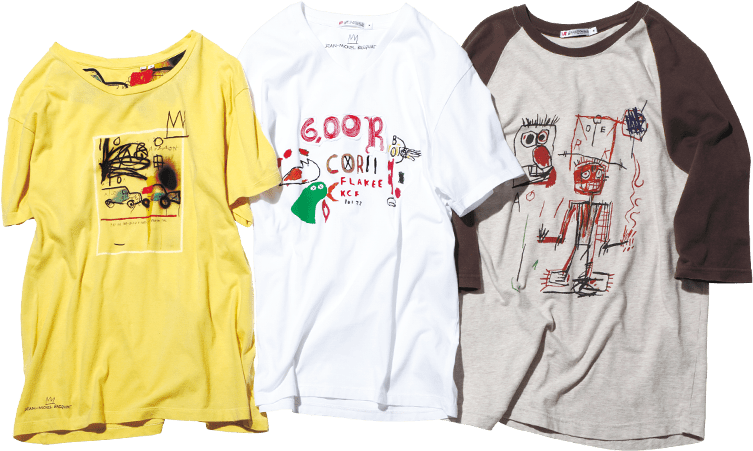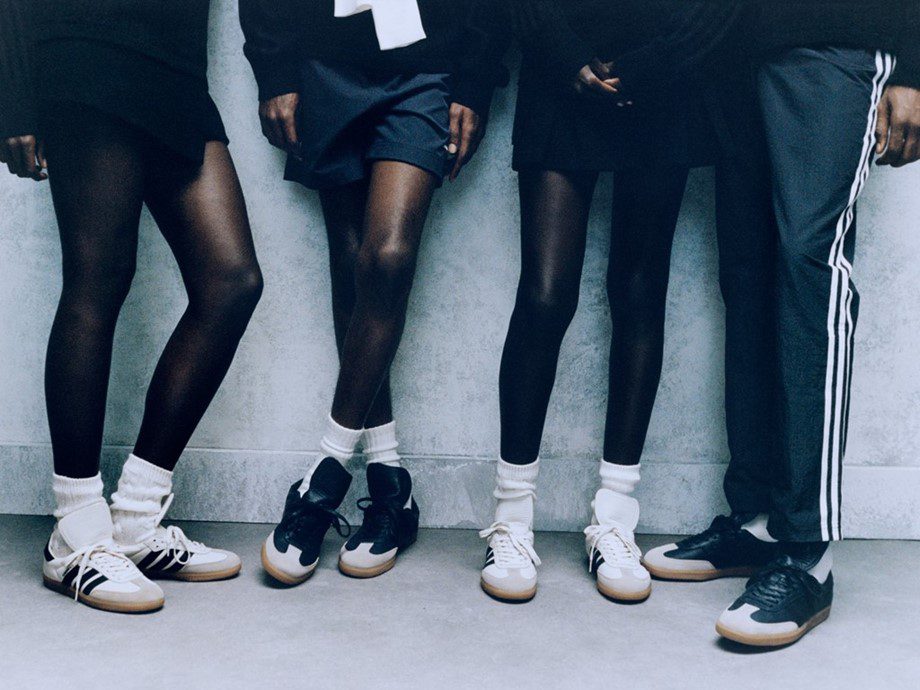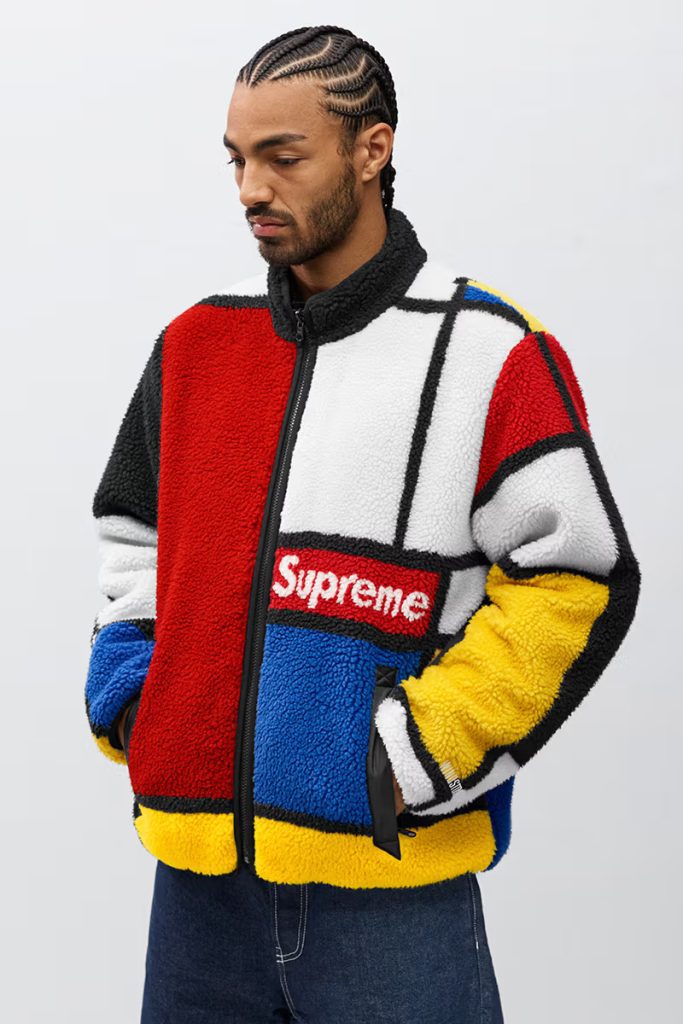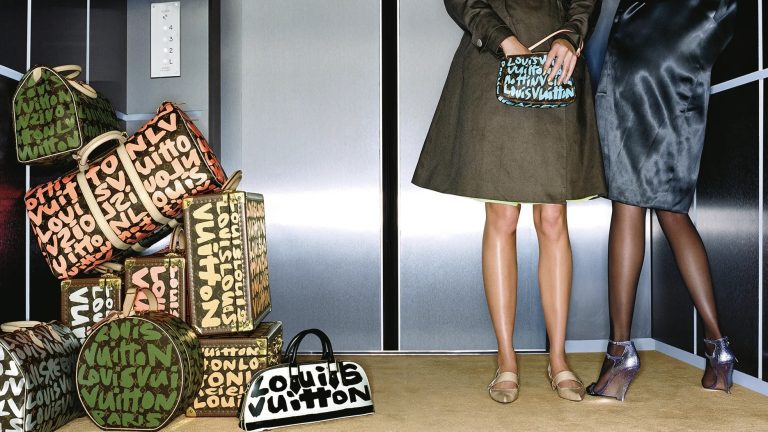Street Art and Urban Fashion
Street art, a vibrant form of artistic expression in public spaces, has roots that intertwine deeply with urban culture and activism. Originating as graffiti in New York City subways, street art has evolved into a global phenomenon, showcasing diverse styles and messages that reflect the societal and political undercurrents of urban environments. Urban fashion, often influenced by street art’s dynamism and color, emerged as a distinct style that mirrors the energy and diversity of city life. Brands like Supreme and Stussy are perfect examples of how street art’s aesthetic has seamlessly transitioned into fashion, offering attire that speaks the language of rebellion, freedom, and creativity.
Street Art’s Impact on Fashion
Graphic tees featuring bold graffiti artwork have become staples in urban fashion, embodying the rebellious spirit of street art. These tees serve not only as fashion statements but also as canvases for social and political commentary, much like the murals that adorn city walls. Accessories like caps, sneakers, and bags have become mediums for street art’s spread into fashion, with brands collaborating with artists to create pieces that capture the essence of the streets. Adidas’s collaborations with artists like Hattie Stewart and Pharrell Williams highlight this trend, blending artistic flair with streetwear. Luxury fashion brands have increasingly embraced street art, integrating its vibrant visuals into high-end collections. Louis Vuitton’s collaboration with graffiti artist Stephen Sprouse and Gucci’s partnership with artist GucciGhost are testament to street art’s significant influence on luxury fashion, blurring the lines between high art and urban creativity.
Street Artists and Fashion
Collaborations between street artists and fashion brands have led to iconic collections that resonate with diverse audiences. Jean-Michel Basquiat’s work with Coach and Keith Haring’s collaborations with Tommy Hilfiger exemplify how art and fashion can merge to create culturally impactful designs. Indie brands and emerging artists are also forging partnerships, bringing fresh perspectives and innovation to the fashion industry. These collaborations often highlight underrepresented voices and offer a platform for artistic experimentation and social commentary.
Street Art in Fashion Marketing and Retail
Fashion retailers are increasingly using street art to transform their storefronts into immersive experiences. By commissioning artists to create engaging murals, brands like Zara and H&M are turning shopping into an interactive experience that connects consumers with the creative energy of the streets. Street art-inspired marketing campaigns have proven effective in engaging urban audiences, offering authenticity and relatability. These campaigns often leverage social media to amplify their reach, tapping into the communal and inclusive nature of street art.
Cultural and Social Influences
Urban fashion, influenced by street art, offers individuals a way to express their identities and connect with community values. This fashion movement celebrates diversity and inclusivity, allowing wearers to make personal statements about their beliefs, affiliations, and aspirations. The infusion of street art into mainstream fashion has sparked a dialogue about authenticity, creativity, and the commercialization of street culture. This conversation examines the balance between maintaining street art’s grassroots essence and its adoption by the fashion industry.
Sustainability and Ethical Considerations
The streetwear industry is increasingly focusing on sustainability, with brands exploring eco-friendly materials and ethical production methods. This shift reflects a growing consciousness among consumers and designers about the environmental impact of fashion and a commitment to reducing waste and promoting recycling and upcycling within the community. As street art and urban fashion draw from diverse cultural backgrounds, the industry faces challenges around cultural appropriation and ethical production practices. Brands are increasingly mindful of these issues, striving to collaborate respectfully with artists and communities while ensuring fair labor practices.
Future Trends
Emerging technologies like augmented reality (AR) and digital fabrication are set to revolutionize street-inspired fashion, offering new ways to integrate art into apparel and accessories. These innovations open up possibilities for interactive designs and personalized fashion experiences that resonate with the digital-native generation. As the boundary between digital and physical spaces continues to blur, the influence of digital street art on fashion is poised to grow. Virtual and augmented reality platforms offer new canvases for artists, which could translate into dynamic, ever-changing fashion designs that reflect the fluidity of digital art.
Street Art’s Impact on Urban Fashion
The symbiotic relationship between street art and urban fashion has fostered a vibrant culture that celebrates creativity, individuality, and social commentary. This union has not only enriched the aesthetic landscape of our cities but also offered a powerful medium for personal and collective expression. As we look to the future, the integration of street art in fashion promises to further dismantle the barriers between art and apparel, encouraging a more inclusive, dynamic, and sustainable approach to urban style. The ongoing dialogue between artists, designers, and communities will continue to shape the evolution of this cultural phenomenon, ensuring its relevance and impact for generations to come.





